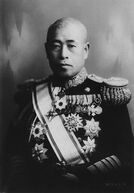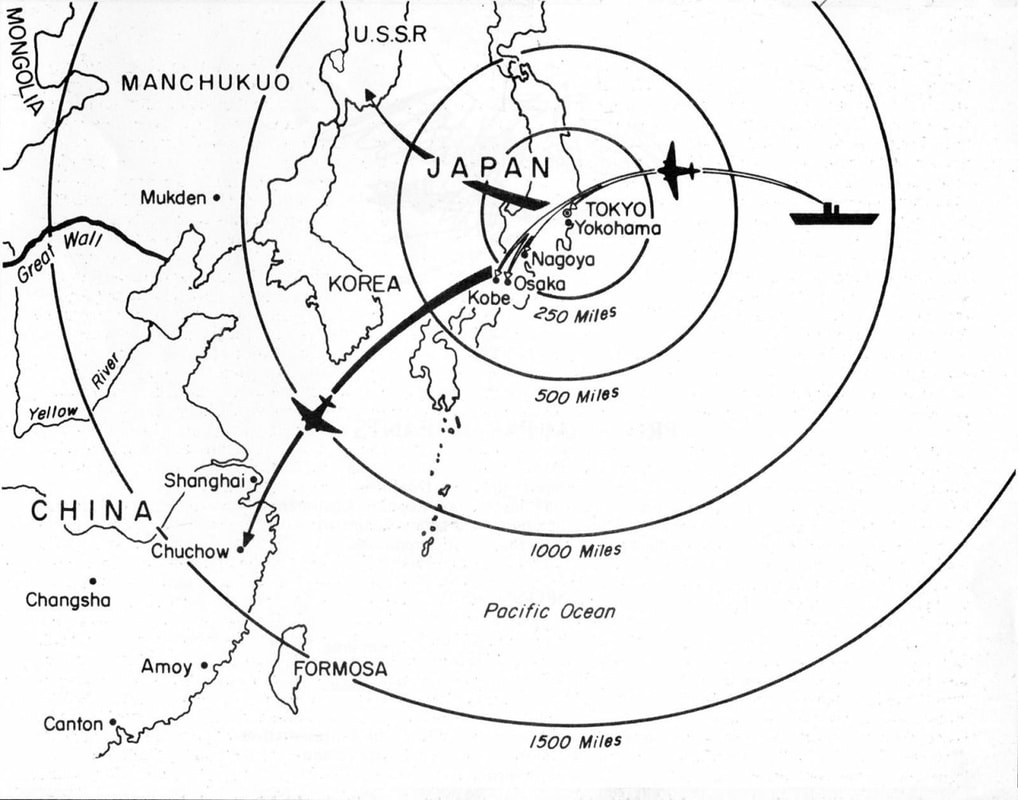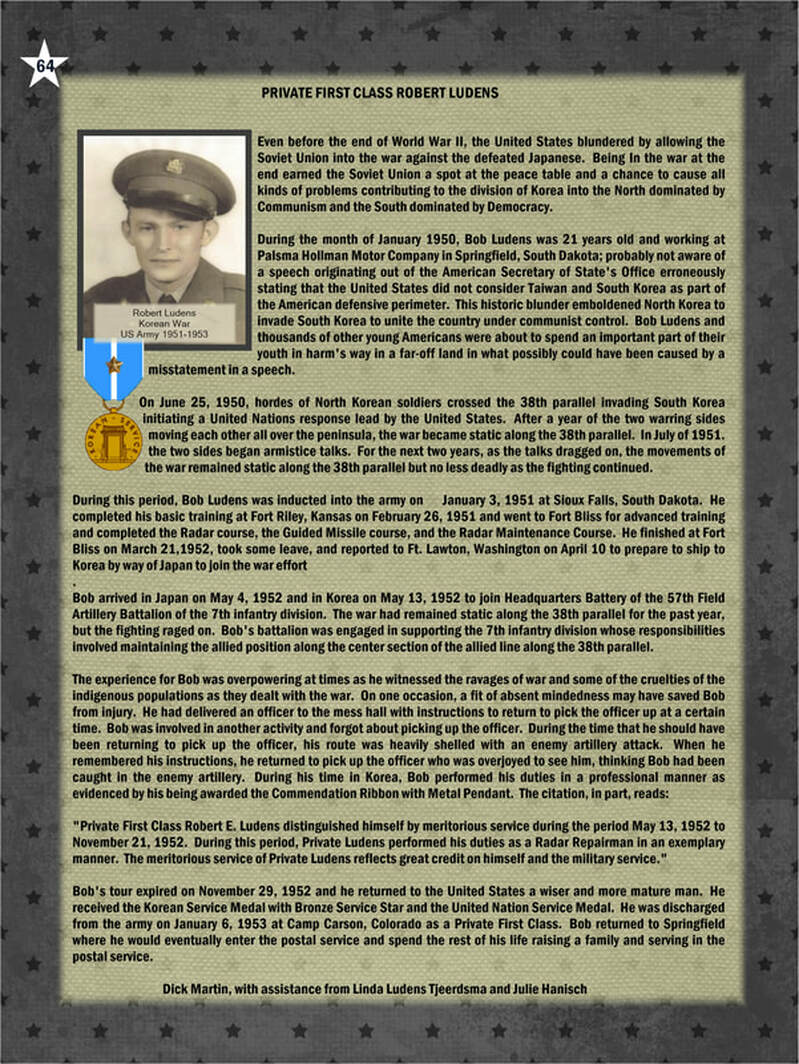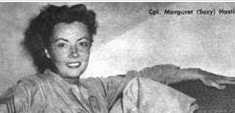|
By Dick Martin  On April 18, 1943, American pilots took off from embattled Henderson Field on Guadalcanal in the Solomon Islands on what would have been normally routine flights. Instead, the flights were sent to bring down a plane containing Japanese Admiral Yamamoto. Yamamoto was not just any Japanese admiral. He was the Japanese admiral who planned and executed the Japanese attack of Pearl Harbor. By that time in 1941, the government of Japan was controlled by militarists. Yamamoto, who had studied in America and seen their potential to mobilize their industrial might knew and said that the surprise attack at Pearl Harbor would at best give them six months to a year to run wild in the Pacific and then America’s industrial might would catch up and pass the Japanese in dominating the Pacific Theatre by overcoming the Japanese with their overwhelming industrial might. Japan’s militarist dominated government would not listen to Yamamoto; but Yamamoto, being an obedient professional, soldiered on as best he could. That meant planning and leading the attack on Pearl Harbor and Midway Island. Unknown to the Japanese, the Americans had deciphered the Jap code. Yamamoto was in the Solomon Islands on a morale boosting trip to visit his soldiers and begin a new military operation. The Americans knew from deciphering the Jap messages that on June 18 Yamamoto would be on a plane from Rabaul (Japanese Headquarters) to Bougainville to visit his troops there. Consequently, after getting permission from Washington, the USAAF sent P-38s from Guadalcanal’s Henderson Field to intercept and down Yamamoto’s plane putting an end to the architect of the Jap attack on Pearl Harbor. Yamamoto’s death was a bitter pill for the Japanese military; and in avenging the defeat at Pearl Harbor, a great boost in the morale of America. Taken mostly from National Geographic’s “Atlas of World War II”
0 Comments
by Dick Martin  The Doolittle Raid, also known as the Tokyo Raid, conducted on Saturday, April 18, 1942, was an air raid by the United States on the Japanese capital Tokyo and other places on the island of Honshu during World War II. If you have never heard of Jimmie Doolittle or his raid, you must read on. The raid had more of a strategic value than tactical value, perhaps the only such operation in the war that could make such a claim. Taking place shortly after the Jap successes at Pearl Harbor, it was the first air operation to strike the Japanese Home Islands. It demonstrated that the Japanese mainland was vulnerable to American air attack, served as retaliation for the attack on Pearl Harbor, and provided an important boost to American morale. The raid was planned and led by Lieutenant Colonel James Doolittle of the United States Army Air Forces. Sixteen B-25B Mitchell medium bombers were launched without fighter escort from the U.S. Navy's aircraft carrier USS Hornet (CV-8) deep in the Western Pacific Ocean, each with a crew of five volunteer men. The plan called for them to bomb military targets in Japan, and to continue westward to land in China—landing a medium bomber on the Hornet was impossible. The bombing raid killed about 50 Japanese people, including civilians, and injured 400. Fifteen aircraft reached China, but all crashed, while the 16th landed at Vladivostok in the Soviet Union. Of the 80 crew members, 77 initially survived the mission. Eight airmen were captured by the Japanese Army in China; three of those were later executed. The B-25 that landed in the Soviet Union was confiscated, with its crew interned for more than a year before being allowed to "escape" via Soviet-occupied Iran. Fourteen complete crews of five, except for one crewman who was killed in action, returned either to the United States, or to American forces. After the raid, in an operation now known as the Zhejiang-Jiangxi campaign and in an effort to prevent China from being used again for an attack on Japan, the Japanese Army conducted a massive sweep through the eastern coastal provinces of China, searching for the surviving American airmen and inflicting retribution on the Chinese who aided them. The raid caused negligible material damage to Japan, but its consequences had major psychological effects. In the United States, it raised morale. In Japan, it raised doubt about the ability of military leaders to defend the home islands, but the bombing and strafing of civilians also steeled the resolve of many to gain retribution and was exploited for propaganda purposes. It also contributed to Admiral Isoroku Yamamoto's decision to attack Midway Island in the Central Pacific—an attack that turned into a decisive strategic defeat of the Imperial Japanese Navy (IJN) by the U.S. Navy. The consequences were most severely felt in China, where Japanese reprisals cost an estimated 250,000 lives. Doolittle, who initially believed that the loss of all his aircraft would lead to his court-martial, received the Medal of Honor and was promoted two ranks to brigadier general. Taken mostly from Wikipedia and WWII Magazine |
Categories
All
Archives
October 2023
|

